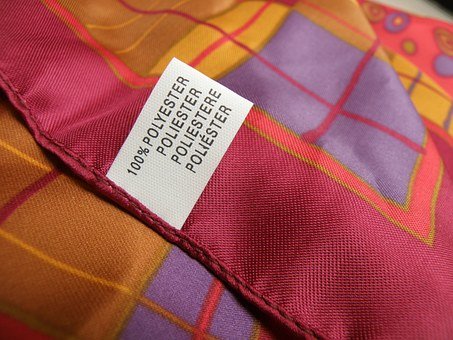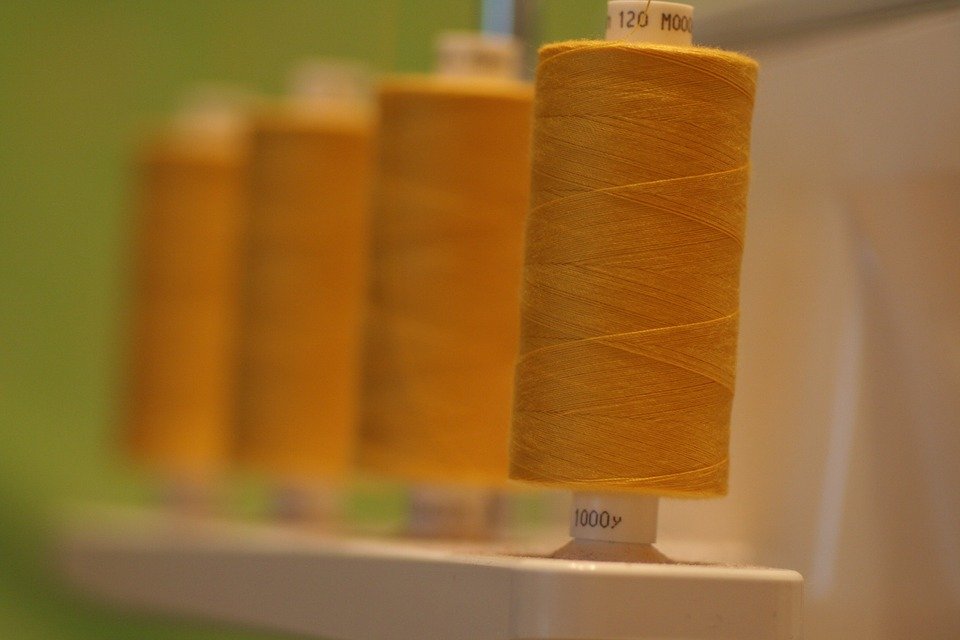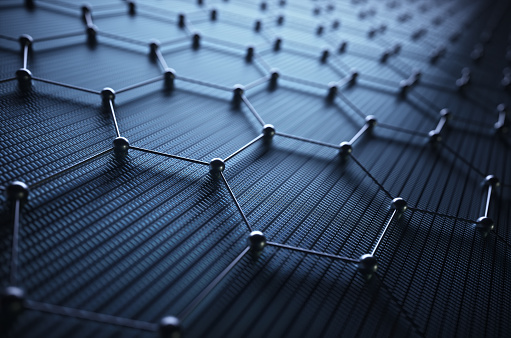Polyester
Recently I have gotten more into shopping, especially for clothes. While looking for a new outfit, I pull a shirt off the rack and check the material (50% cotton, 50% polyester). That’s when it hit me. Why am I so prejudiced against polyester? What is it made of? Is polyester good or bad? When I got home, I conducted a study and decided to share my findings with you.
First, let’s talk about where we can find polyester. Of course, most of you are probably aware that it is commonly found in clothing, such as shirts, shorts, sweaters, and robes. But did you know polyester was also in blankets, sheets, ropes, and upholster?
So what is polyester? Well, Polyester is a synthetic fabric made of petroleum. For those of you unaware of what petroleum is, according to the Oxford Dictionary, petroleum is “a liquid mixture of hydrocarbons that is present in certain rock strata and can be extracted and refined to produce fuels including gasoline, kerosene, and diesel oil; oil.” Specifically, polyester is made of ethylene, a form of petroleum. Due to this, very few forms of polyester are biodegradable. Polyester is highly valuable in many aspects. The first one is that it’s cheap, causing easy mass production. Polyester is also helpful because it improves shrinkage, durability, and wrinkling. As well, polyester is highly resistant to intense environmental conditions. A bonus is that polyester can be mixed with other materials such as cotton. But it is good to keep in mind that this decreases comfortability.

Polyester first began by a Dupont scientist under the name W.H. Carother. Carother discovered that by mixing carboxyl acids and alcohols he could create fibers. Later this discovery was used to the advantage of two Dupont British scientists by the names of W.K. Birtwhistle and C.G. Ritchie who created Terylene, the first-ever form of Polyester. Now polyester is the most-produced fabric in the world. Now the material can be found in all parts of the world, not just in text tiles.
Polyester fabric is made first by creating a monomer. This is the process of reacting ethylene glycol dimethyl terephthalate at high temperatures. Next, you create a polymer by reacting the monomer with dimethyl terephthalate again. For those unaware, dimethyl terephthalate is an ester and glycol is a type of alcohol. After, the polyester polymer is extruded into long strips. These strips are later allowed to cool and dry. Then they are broken into many small pieces. These chips are melted to create a gooy substant that is also later extruded through a spinneret to create polyester fibers. The remainder is cut or reacted with various chemicals to achieve the correct result. It is good to acknowledge that this process is reliant on the type of polyester made.

On that note, let us go over the different types of polyester. The first ad most popular form of polyester is Ethylene polyester, also known as PET. Another form is plant-based polyester. This is biodegradable but also more expensive to make and less durable. Lastly, there is PCDT
